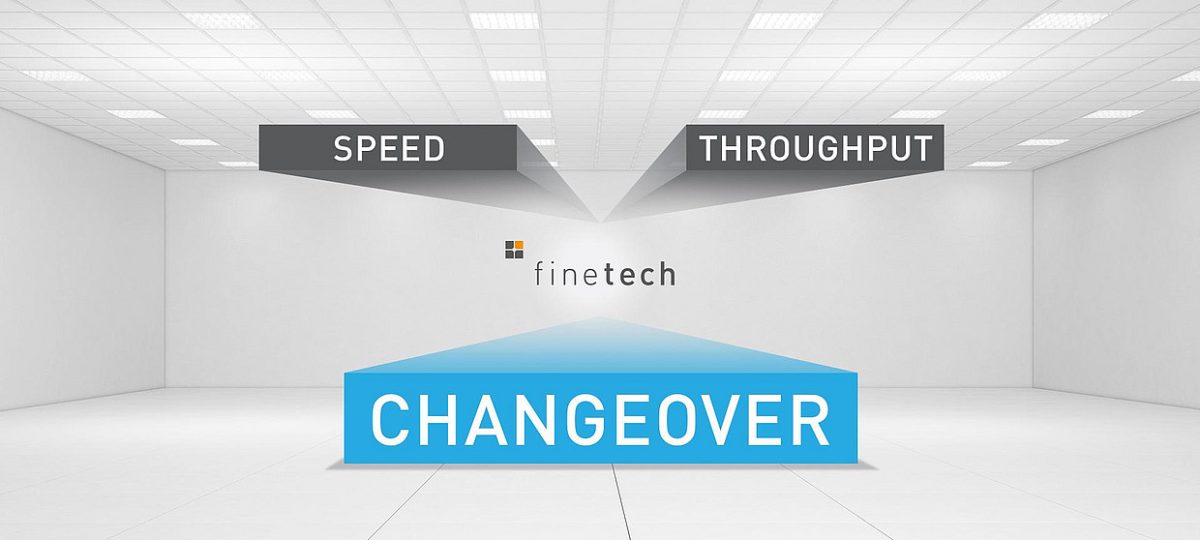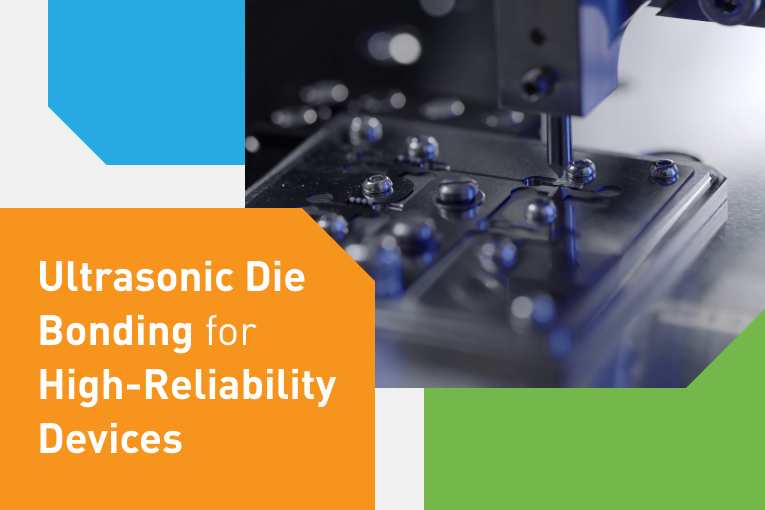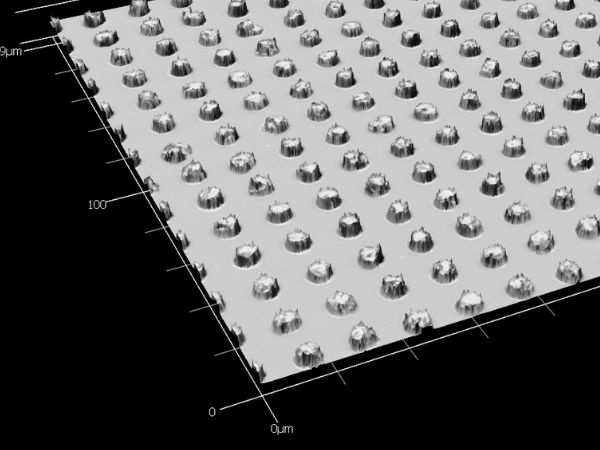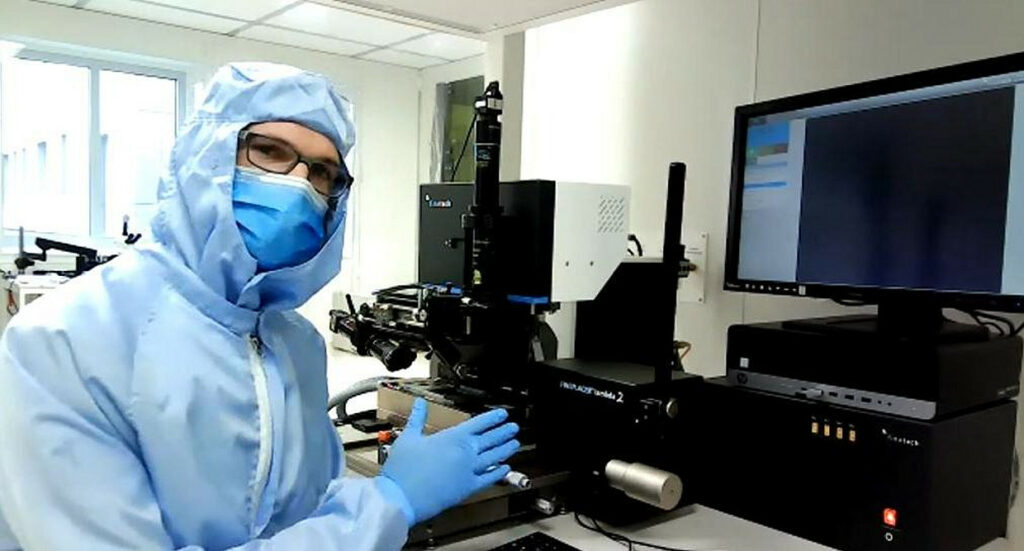In the world of Contract Manufacturing (CM), many variables come into play when deciding what equipment to purchase for the multitude of assembly projects that may come through the doors at any time.
Those variables, which will allow the CM to compete and produce quality products, require a suitable set of production equipment. In the world of contract manufacturing, it’s not unusual to see dozens of products, ranging from small builds (less than 100) through high volume manufacturing, where the Original Equipment Manufacture (OEM) needs thousands, if not 10’s of thousands of their product assembled.
Two important variables to consider when selecting equipment are speed and throughput. In many ways, both of those words can mean the same thing. But when broken down in the micro assembly world, and especially for a CM that sees a variety of technology types, the words have completely different meanings but are equally important. Let me explain –
Speed and throughput in a manufacturing environment can have the same meaning when it relates to Parts per Hour (PPH) or Units per Hour (UPH). Speed relates to how fast a machine can do its job – whether it’s a wire bonder bonding wires from a chip to a substrate or a dispenser applying solder or epoxy to all required locations. Throughput is the amount of product that can be built in an assembly line or assembly cell, completed and ready for test.
But for a CM, speed and throughput actually have very different meanings when it comes to process flexibility. Remember, a CM will see dozens of products come and go, all having their own unique assembly requirements. When talking about die bonding, speed is absolutely NOT the same as throughput.
High accuracy die bonding is not an easy task – it requires a sophisticated machine to achieve repeatable results. A CM’s need to have process flexibility is critical to their success, especially in the areas of fiber optics, LED technologies, smart products, automotive, etc. So, how does speed play into this? Changing over from the assembly of one product type to another equates to time. Time equates to money spent or money saved. A company developing a product must choose a CM that can quickly deliver quality products: time to market. Speed to change over from one product to another is the common denominator in making that happen in an efficient way. As a high accuracy die bonding equipment manufacturer, we develop our products to do just that – provide a quick changeover so that our customers can convert their product and process with minimal downtime.
Take the example of changing from a thermo-sonic to a thermo-compression process. How long would that take? And while achieving < 1 µm bonding accuracy? 4 hours? A day or two? Our equipment changeover is measured in MINUTES, not hours or days. This gives a CM ultimate flexibility to bid on various jobs, allowing them to compete for small builds, medium builds or high-volume projects with minimal downtime. The result is a better bottom line for the CM and a faster time to market for the end customer.
If you are a CM or even an OEM with multiple products and processes, consider more than just the UPH or PPH number of a production bonder – also product changeover time must be factored in. Finetech bonders have always led the market in flexibility, ease and speed in switching out process technologies. Our demonstration labs are ready to show you this capability using YOUR products.
11/04/2019, created by: Robert Avila












